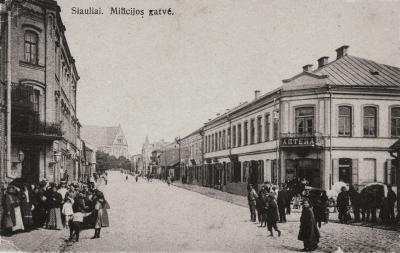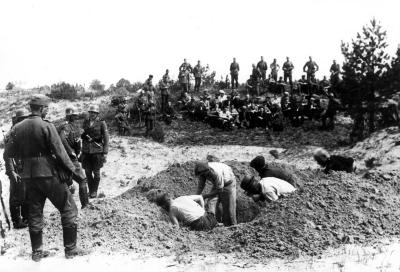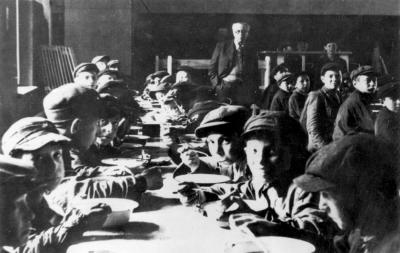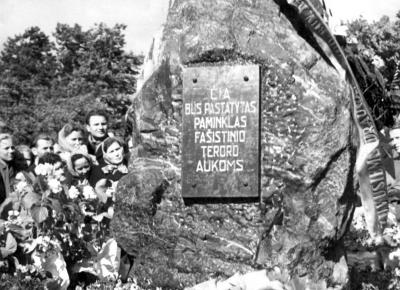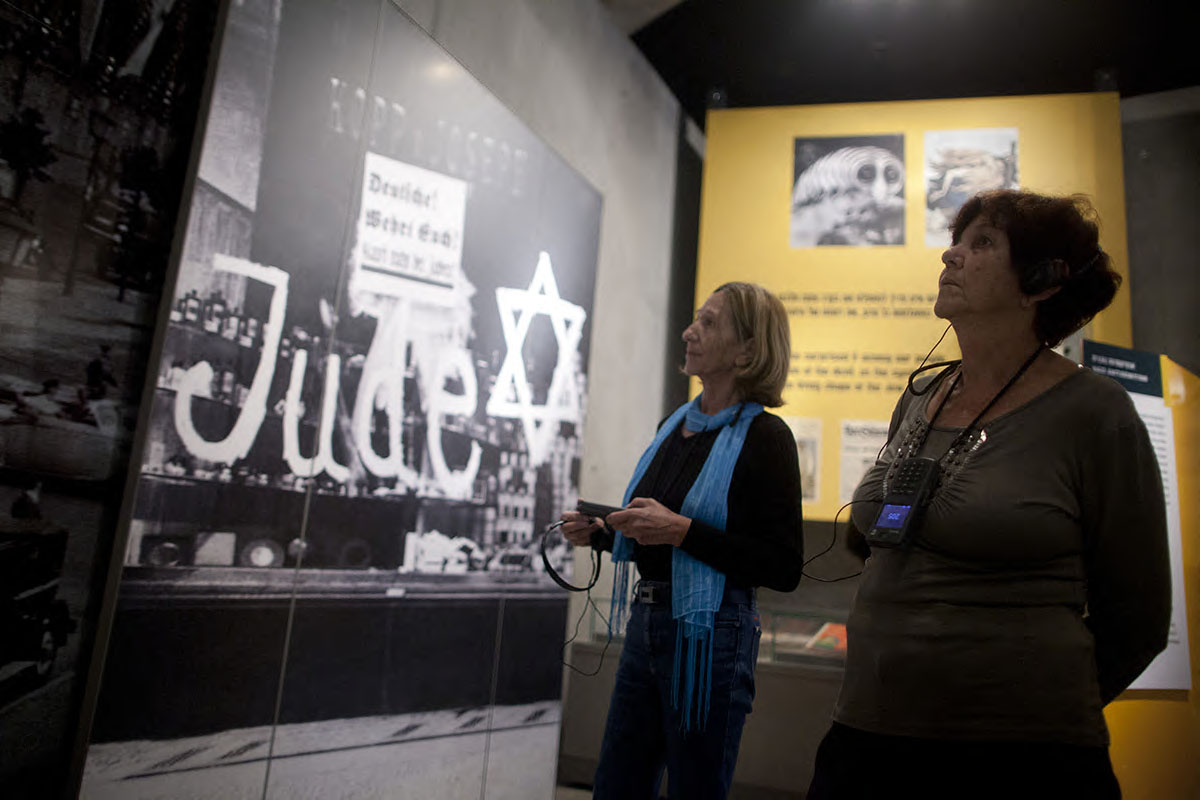Jews first settled in Šiauliai during the 17th century. By the beginning of the 20th century Jews constituted over half of the city's population.
Before World War II, Šiauliai was home to some 6,600 Jews. In June 1941, when the city was occupied by German forces, the Germans and Lithuanians murdered hundreds of the city’s Jews in a series of massacres that took place in a nearby forest. At the end of 1941 two ghettos were established in the city, and murder operations continued to take place. Hundreds of Jews succeeded in finding temporary shelter from the shootings in forced labor camps. At the same time, the ghettoized Jewish community worked to maintain cultural activities within the ghetto.
As the Red Army drew near, the ghetto of Šiauliai was liquidated. Most of the Jews who remained in the ghetto and the forced labor camps were deported westwards, to labor camps in Poland and Germany. Few of them survived.
After the Holocaust, several hundred Jews returned to Šiauliai. A few dozen of the returning Jews survived in areas occupied by the Nazis; however the majority had fled into the Soviet Union before the Nazi occupation began. Today, a few hundred Jews still live in the city.




